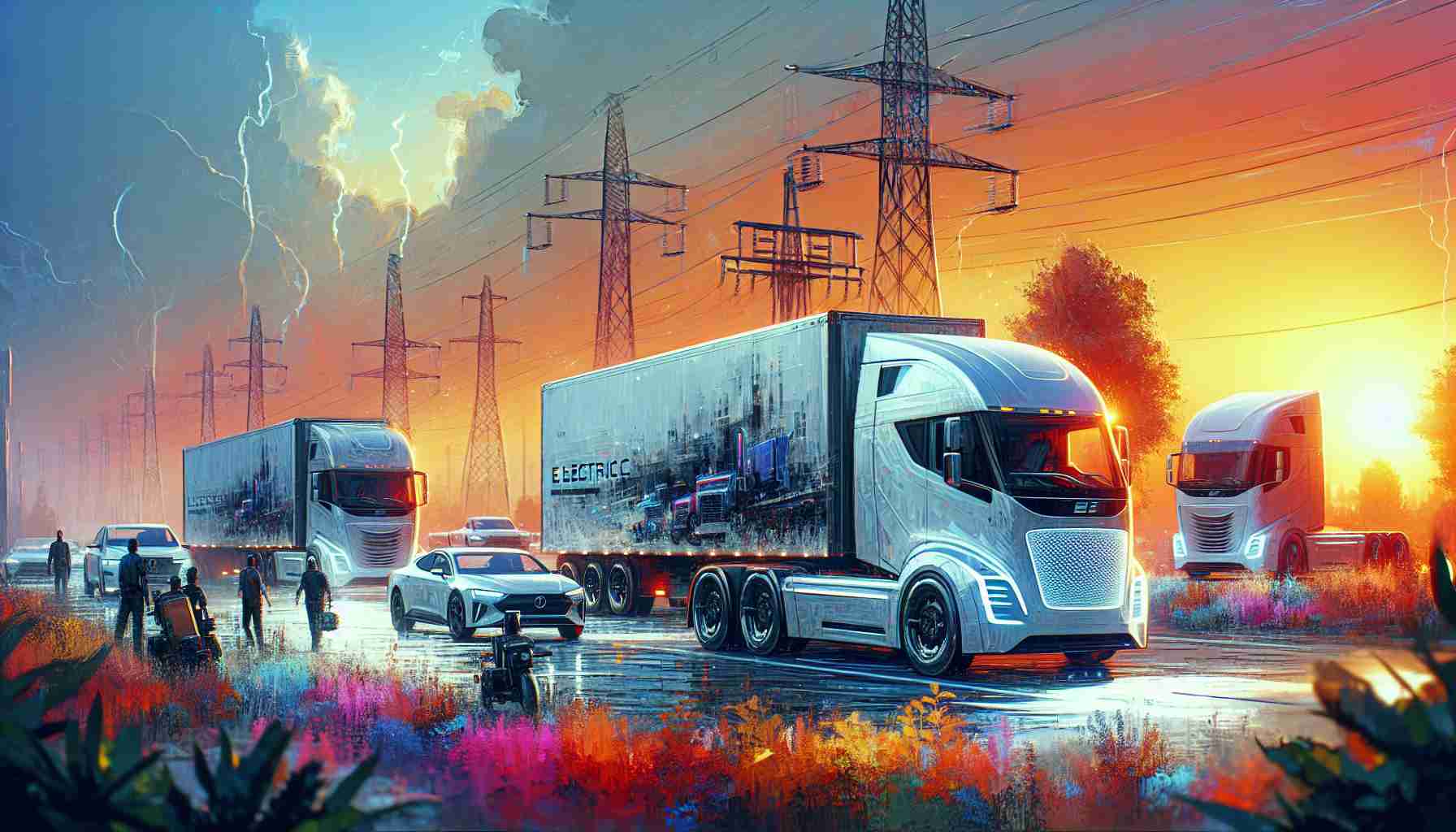Nvidia Inc. shines brightly as a leader in the artificial intelligence (AI) sector. In the recent third quarter of fiscal 2025, which concluded on October 27, 2024, the company reported astonishing revenue growth, marking a staggering 94% increase year-over-year, bringing its total to $35.1 billion. This remarkable feat highlights Nvidia’s position as a cornerstone of AI infrastructure, particularly amid increasing demand for its cutting-edge technology.
The company’s data center segment propelled the impressive numbers, achieving a remarkable 112% growth, largely credited to the popularity of its Hopper architecture and the newly released H200 chipset. Nvidia also announced the introduction of its next-generation Blackwell GPU, anticipating a significant increase in revenue fueled by its demand.
Other business divisions demonstrated a solid performance as well. Gaming revenues climbed by 15%, while automotive and robotics segments soared by 72%. Overall, Nvidia reported an operating cash flow of $17.6 billion, indicating robust profitability.
Looking ahead, Nvidia forecasts a revenue figure of approximately $37.5 billion for the next quarter, signaling promising growth in the AI sector. As the demand for GPU technology extends beyond traditional cloud services and into enterprise applications, the company’s appeal to investors remains strong. With a favorable price-to-earnings ratio below 35, Nvidia stands out as a strategic investment opportunity in the rapidly evolving tech landscape.
The AI Boom: How Nvidia’s Success is Shaping Our Future
Nvidia’s remarkable financial growth paints a broader picture of the AI revolution, which is transforming various aspects of life across the globe. The increasing reliance on artificial intelligence is not just impacting tech companies but is now reshaping entire industries and communities, raising both excitement and concerns among people.
One of the most intriguing aspects of Nvidia’s growth is its ripple effect on job creation and workforce transformation. As companies integrate AI into their operations, the demand for highly skilled workers in AI, machine learning, and data science is surging. This shift is prompting educational institutions to revamp curricula and ramp up training programs to equip students with the necessary skills. Communities that embrace this change can potentially experience economic revitalization, while those lagging behind may face challenges as they struggle to adapt to the new landscape.
Moreover, the implications of such rapid technological advancement are multifaceted. On one hand, the innovations brought forth by companies like Nvidia can lead to enhanced productivity, streamlined operations, and significant cost savings for businesses. The automotive and robotics sectors, for instance, are experiencing a technological renaissance, with AI driving advancements in self-driving vehicles and automation processes. This could lead to safer roads and increased manufacturing efficiency.
However, this transformation is not without its controversies. Displacement of jobs poses a major concern, as automation threatens traditional roles in industries such as manufacturing and transport. While Nvidia’s technologies create new opportunities, the transition could leave many workers at risk of unemployment if reskilling initiatives are not prioritized. The challenge lies in balancing innovation with social responsibility.
Another ongoing controversy involves the ethical implications of AI and its potential misuse. As Nvidia’s technology advances, questions arise about data privacy, surveillance, and the potential for bias in AI algorithms. These issues highlight the need for robust regulatory frameworks to ensure that AI technologies are developed and deployed responsibly. Countries around the world are grappling with how to approach regulation in a domain that evolves rapidly.
As we ponder the future of AI, it’s essential to ask: What will be the long-term societal impacts of AI advancement? The answer depends on how effectively we leverage this technology while addressing the significant challenges it presents. If managed well, AI has the potential to enhance quality of life, improve healthcare outcomes, and drive economic growth. Conversely, if ignored, the divide between those who benefit from technology and those who do not could widen further.
In summary, Nvidia’s explosive growth in the AI sector acts as both a beacon of innovation and a bellwether of caution. Communities must adapt, and countries need to formulate policies that embrace technological advancement while protecting workers and addressing ethical dilemmas. The future of AI is bright, but its impacts must be thoughtfully navigated to ensure a beneficial outcome for all.
For more information about the evolving landscape of artificial intelligence, visit Nvidia.










